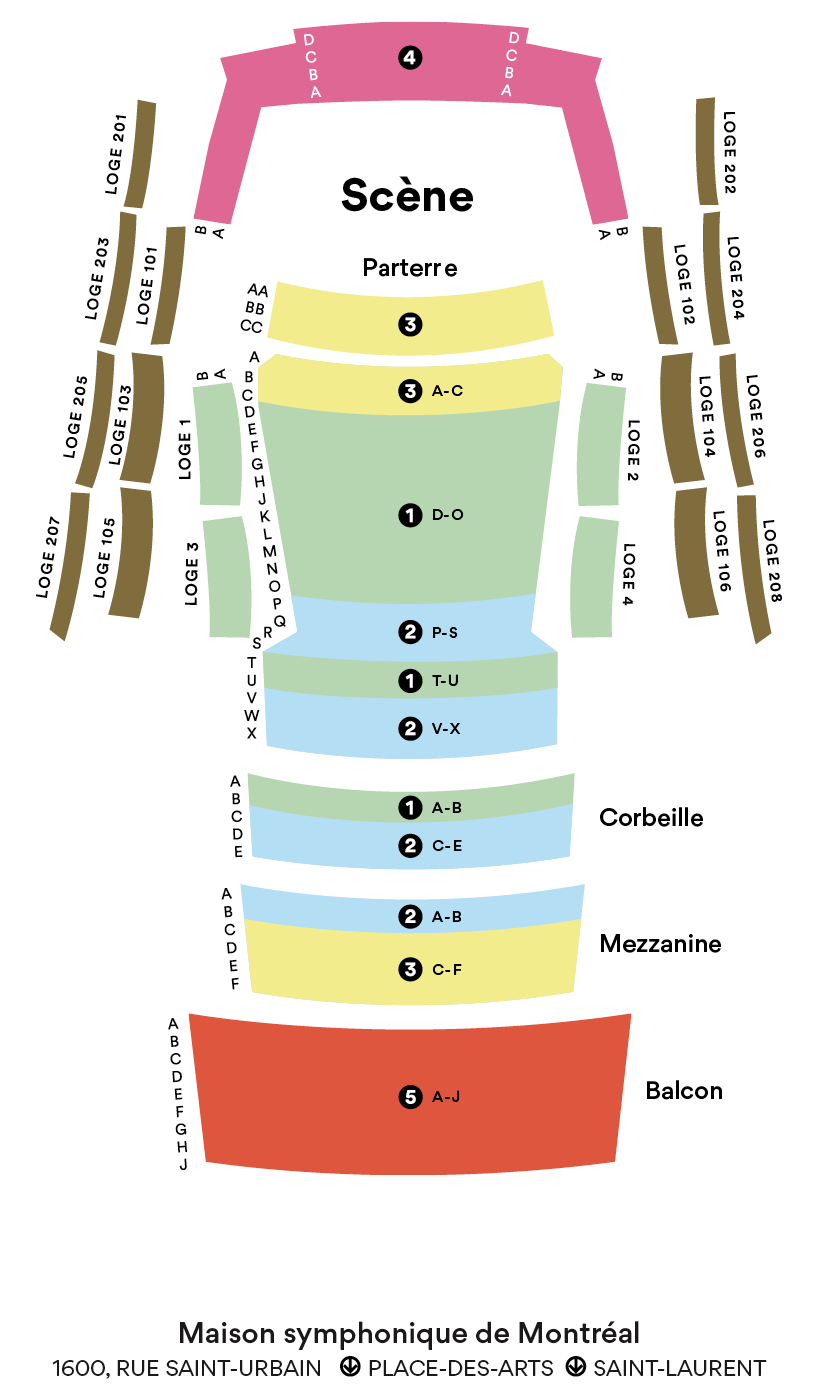Idomeneo, ballet music (excerpts)
Mozart
1756 – 1791
“I’ve not quite finished the third act; and as there is no extra ballet, but only an appropriate divertissement in the opera, I have the honour of writing that music too.” – Wolfgang Amadeus Mozart, Letters, December 30, 1780
In 1780, Mozart was delighted to receive a commission for an opera seria from the Elector of Bavaria. It would be Idomeneo, King of Crete. Long a major genre, opera seria (literally serious opera) featured complex plots based on ancient history and opposing love, duty, loyalty and betrayal in a series of alternating recitatives and arias that had come to be considered static. At heart a reformer, Mozart pushed librettist Giambattista Varesco to better integrate the dramatic elements using vocal combinations, like the French masters, whom he appreciated “not for their melodies but for their dramatic effects.”
In lyric tragedies and other French works for stage, divertissements with dances and choruses were added to the informal structure of the intermissions, as in Italy. Mozart needed to compose a concluding ballet that would celebrate the story’s happy ending: the marriage of Idamante, heir of his father, Idoemeno, and heir to the Cretan throne, to the Trojan princess Ilia. Sumptuously scored in a sparkling D major, the music was a splendid showcase for the Elector’s orchestra, one of the finest in Europe, conducted by Christian Cannabich.
The first movement of the ballet is a huge and brilliant chacoone, a dance that had been obligatory on French stages for a hundred years. Within the form’s inherent grandness, Mozart drew with a free hand, in the spirit of a rondeau. The entire corps de ballet danced during the refrain while the episodes were given over to pas seuls and pas de deux danced by M. Le Grand, Mme Hartig, M. Antoine and Mlle Falgera. The episodes offer a diversity of atmospheres, some are in B and D minor and, in the central Larghetto, “the lower strings exude a dreamy tenderness” (Isabelle Rouart). The “Pas seul de M. Le Grand” follows, its four contrasting sections progressively gaining speed, until the energetic return of the initial Chacoone and the full ballet.
Though Idomeneo was the first of the great operas of Mozart’s maturity, showing the depth of feeling unique to its author, its concluding ballet is more of “a feast of uninhibitedly pleasurable dance music, returning this masterpiece to its origins in the courtly spectacle of tragédie lyrique” (Julian Rushton).
© François Filiatrault, 2023
